The American West is my homeland. For fifty years, I have hiked its trails, driven its freeways, explored its ruins, climbed its peaks, and defended its wide open spaces. I’ve studied its history, read its authors, photographed its vistas, and investigated its mysteries. I moved here when I was six, so I wasn’t really a native and for a long time I felt like an outsider even as I became a student and an admirer of the region. Only with the founding of the Quivira Coalition did I begin to feel like an insider. Eventually, through my work with ranchers, scientists, restorationists and agency personnel I felt like I became a true participant in western matters. This transition from outside to inside is reflected in my creative work focused on the West.

A West That Works
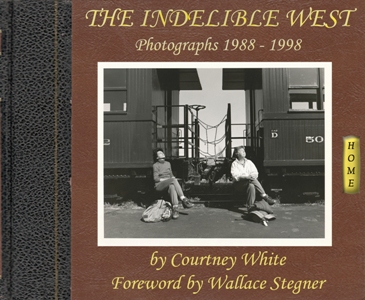
The Indelible West: Photographs 1988-1998
“What we have in Courtney White’s book is a recording of one passing phase of that frontier. And what a pleasure it is to see the real Wests captured in their flow! What a reassurance it is to see the Wests recorded in their living reality, instead of getting another view of someone being cut off at the pass in the Alabama Hills of the Kanab Desert, shooting wildly with both hands from guns that never need re-loading.” – Wallace Stegner from his Foreword (1992)
Originally published as an online book, February 2012
Go To
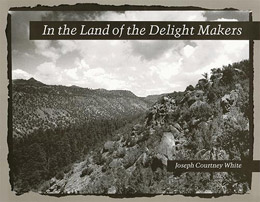
In the Land of the Delight-Makers: An Archaeological Survey in the America West
“During the summers of 1988 and 1989, I had the opportunity to work with the National Park Service’s Bandelier National Monument Archaeological Survey as a photographer. Initially, I went into the field with the simple goal of capturing the spirit of the survey for the Park Service … I created this book with three goals in mind: first, to introduce a long-neglected aspect of archaeological fieldwork to the reading public; second, to contribute to the education of the archaeological enthusiast; and third, to place archaeologists in the larger context of the modern American West …” – from the Introduction
THIS BOOK IS NO LONGER IN PRINT – Download the PDF for free.
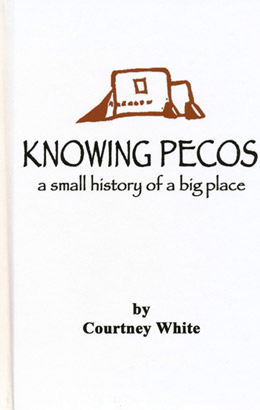
Knowing Pecos: a Small History of a Big Place
“No other national park unit in the nation can tell the story of human history in North America as Pecos can; and no other park can do so with the aid of such an attractive landscape… Everywhere I went in the park, I ran into beauty and intrigue. Better yet, nearly every enchantment concealed a secret: the foundations of an abandoned home in a pasture, the remains of an old mill in a grove of river trees…We often joked that the whole park was one big archaeological site, and we were not far wrong. Beauty and history are interwoven at Pecos and their inseparability made every day an adventure…” – from the Introduction
Buy Now
Adobe Typology and Site Chronology: a Case Study From Pecos National Historical Park
This is a paper I wrote about research I did on Spanish colonial architecture while employed as an archaeologist with the National Park Service. It proposes that creating a typology of form-molded adobes bricks correlated to historical documents can reveal important information about the architectural sequencing of historic buildings. It was published in the peer-reviewed journal KIVA (vol 61, 1996)

Grassroots: The Rise of the Radical Center
This book includes three columns that I wrote over the years – one for the newsletter of the Rio Grande Chapter of the Sierra Club titled The Uneasy Chair (1995-1997); one for the Quivira Coalition called The Far Horizon (1997-2006); and one for my web site titled The Next West (2009-2011). The first two columns chronicle the rise of collaborative conservation in the Southwest as it happened; the third explores what happened to the so-called New West.
Buy Now
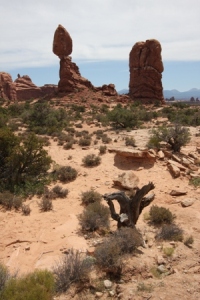
Canyonlands: a drama
This play explores the western phenomena of rootlessness and the effects it has on families and communities at the start of the 21st century. It is set in a bicycle shop in a small town in southern Utah during one summer. The shop’s presence has caused conflict between its owner, Joshua Rose, who recently arrived with his family from Los Angeles, and the last remaining farmer within town limits, who doesn’t like the changes he sees taking place to his home.
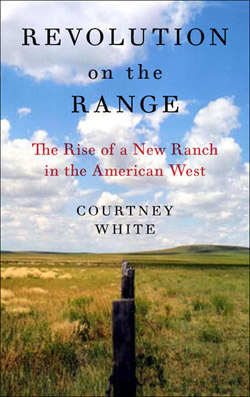
Revolution on the Range: the Rise of a New Ranch in the American West
In the final decade of the twentieth century, the American West was at war. Battle lines had hardened, with environmentalists squarely on one side of the fence and ranchers on the other. By the mid-1990s, debates over the region’s damaged land had devolved into political wrangling, bitter lawsuits, and even death-threats. Revolution on the Range demonstrates that ranchers and environmentalists have more in common than they’ve typically admitted: a love of wildlife, a deep respect for nature, and aversion to sprawl. It includes stories from a new American West where cattle and conservation go hand in hand.
Buy Now

The Quivira Coalition: archives
Founded in 1997 by myself, a rancher and another conservationist, the mission of the Quivira Coalition is “to build resilience by fostering ecological, economic and social health on western landscapes through education, innovation, collaboration and progressive public and private land stewardship.” Projects included: an Annual Conference, a ranch apprenticeship program, a long-running riparian restoration effort in northern New Mexico on behalf of the Rio Grande Cutthroat trout, a capacity-building collaboration with the Ojo Encino Chapter of the Navajo Nation, outreach activities, and the promotion of the idea of a carbon ranch.
During my tenure as Executive Director (1998-2012), at least one million acres of rangeland, thirty linear miles of riparian drainages and 15,000 people have been directly benefited from the Quivira’s collaborative efforts. From 2006-2010 we managed the innovative Valle Grande Grassbank, located near Santa Fe, eventually becoming producers of local, grassfed beef. We also organized over one hundred educational events on topics as diverse as drought management, riparian restoration, fixing ranch roads, conservation easements, reading the landscape, monitoring, water harvesting, low-stress livestock handling, grassbanks, and grassfed beef; published numerous newsletters, Journals, bulletins, field guides, and books.
Newsletters, Journals, and Annual Reports, 1997-2012
Go To



